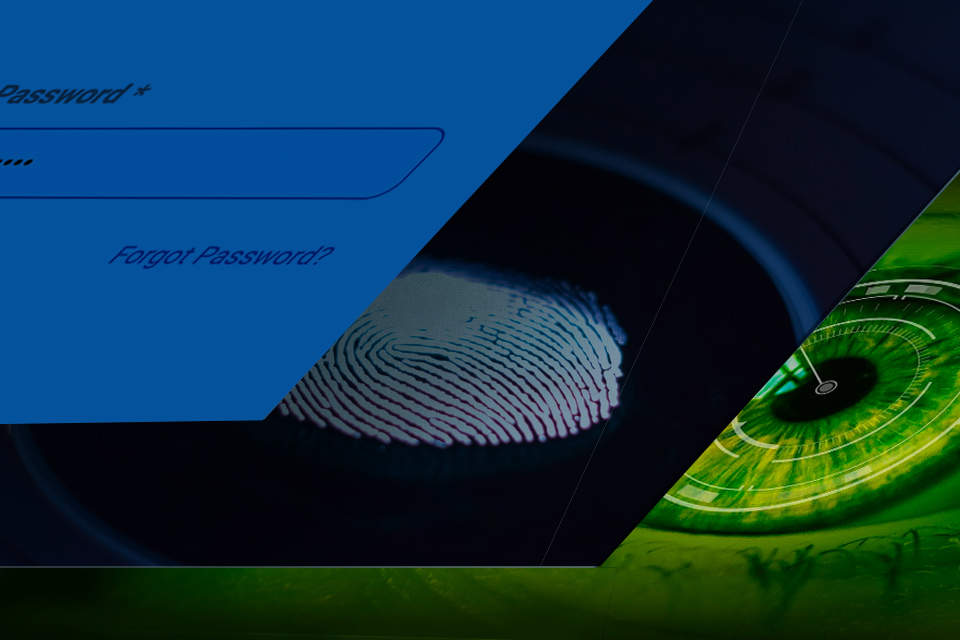Introduction
MFA, or Multi-Factor Authentication, uses multiple factors to verify a user’s identity. It is typically used in addition to a username and password to provide an extra layer of security. MFA can be used for anything, from online banking to social media accounts, and can be either hardware- or software-based.
The most common forms of MFA include biometric authentication such as fingerprint scanning, facial recognition, or retinal scanning; token-based authentication such as one-time passwords sent via SMS; and knowledge-based authentication such as security questions. By using multiple factors of authentication, it makes it much harder for hackers to gain access to sensitive information.
Pros and Cons
While MFA offers many advantages over traditional authentication methods, it also has its drawbacks. The pros of MFA include increased security, better user experience, and improved compliance with regulations. It makes it harder for threat actors to crack your accounts on stolen or weak passwords alone.
On the other hand, some drawbacks include the cost associated with implementing MFA and the potential for user frustration due to having to enter multiple credentials. It’s also not impenetrable. Some ways that cybercriminals can get around MFA include:
- SIM-swapping attacks target your phone number so they can read all your texts, including one-time passwords sent via SMS
- Physical theft can lead to criminals breaking into your devices, bypassing logins completely
- Hackers can spy on devices over a shared WiFi connection and read your one-time codes
- Advanced malware can break into accounts, bypassing the MFA requirement
- SMS threads can be broken into by third parties; that’s why end-to-end encryption is recommended for all important communications
- Exploiting your accounts after you’ve already logged in with MFA yourself
As you can see, there are myriad ways to exploit multi-factor authentication. Nevertheless, it’s still considered the BEST way to prevent hackers from breaking into your accounts.
Conclusion
Multi-factor authentication is the best defense against brute-force attacks and hackers breaking into your accounts. While it’s not completely impenetrable, it is the best way to keep your accounts safe from most modern cyber-threats.
Meanwhile, that doesn’t mean that you should skimp on password security! Eight characters doesn’t cut it anymore. You need at least twelve letters, numbers and symbols to truly throw off determined cybercriminals and password spraying attacks. Make sure to also never repeat these passwords on any other account, and to change it at least every two months. Use a password manager to securely store complex passwords in a vault! Writing them down is dangerous.
Now you understand why multi-factor authentication is so important. While not infallible, it’s an extremely reliable tool for keeping out most hackers. Equip them to every possible account to reduce YOUR chances of a data breach.



